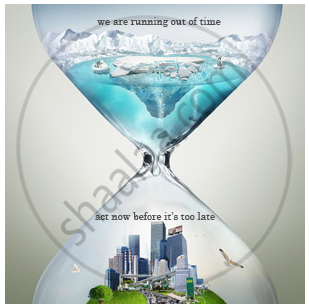Advertisements
Advertisements
प्रश्न
What happens when the rate of resource extraction exceeds that of their regeneration?
उत्तर
Environment performs several functions, but its essential function of sustaining life carries much significance. Environment provides us with life supporting elements like Sun light, soil, water and air. On extracting resources at a more rapid pace than its regeneration, the carrying capacity of the environment reduces, leading to a failure in its life sustaining function. This results in environmental crises, one of the common problems faced by almost all the countries of the world.
APPEARS IN
संबंधित प्रश्न
What is meant by environment?
Classify the following into renewable and non-renewable resources
(i) trees
(ii) fish
(iii) petroleum
(iv) coal
(v) iron-ore
(vi) water
Two major environmental issues facing the world today are _____________ and_____________.
Explain how the opportunity costs of negative environmental impact are high.
________ is defined as the total planetary inheritance and the totality of all resources.
Following are abiotic elements except ______.
Absorptive capacity means ______.
Global warming is a ______.
Factor contributing to global warming ______.
A UN Conference on Climate Change, held in _____ in 1997, resulted in an international agreement to fight global warming which called for reductions in emissions of greenhouse gases by industrialised nations.
The problem of ozone depletion is caused in the stratosphere by high levels of compounds ______.
Which of the following is not a biotic element?
Which of the following is a consequence of ozone layer depletion?
Interpret the given picture on account of current environmental challenges.

'Stimulating public mode of transportation may lead to promote sustainable development'. Explain with valid arguments.
